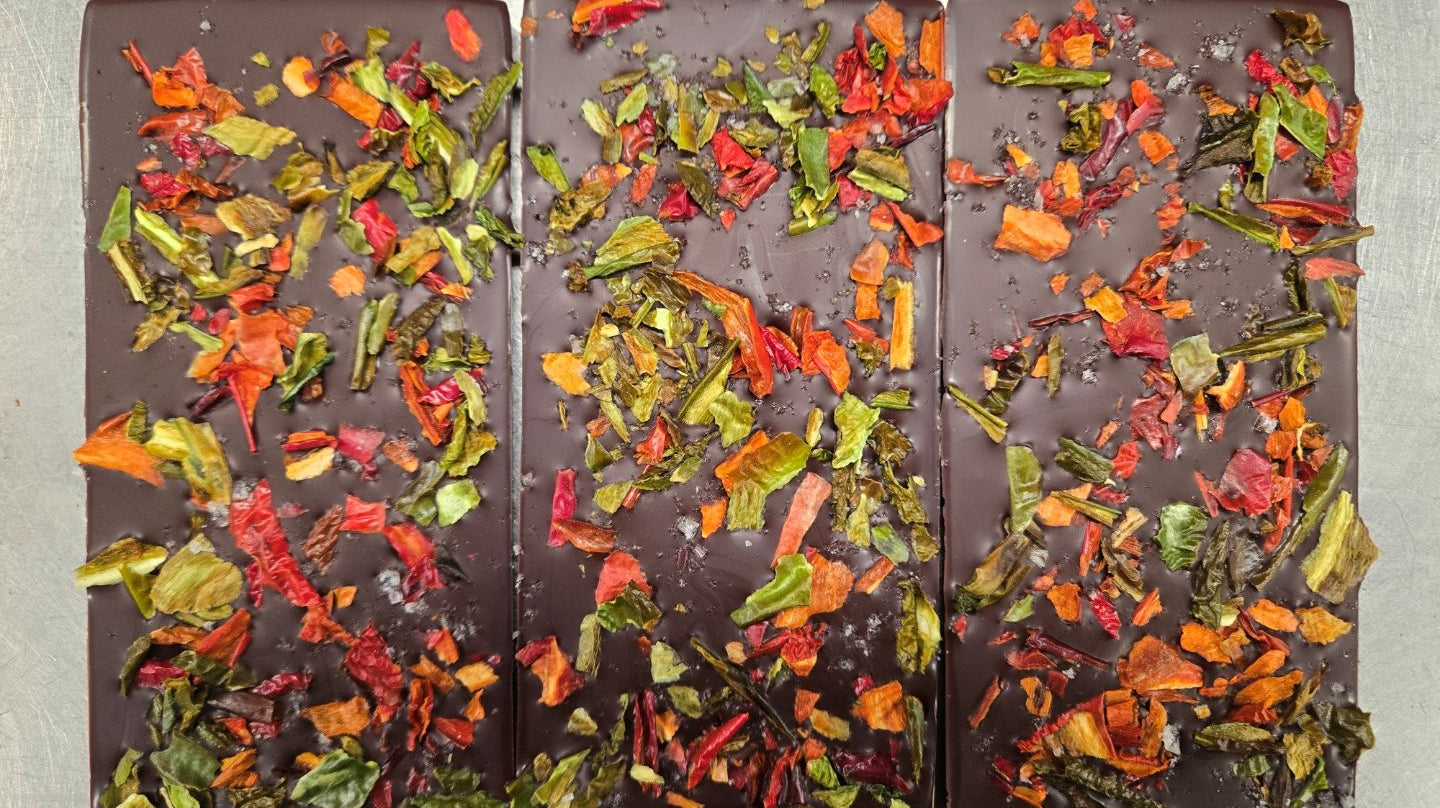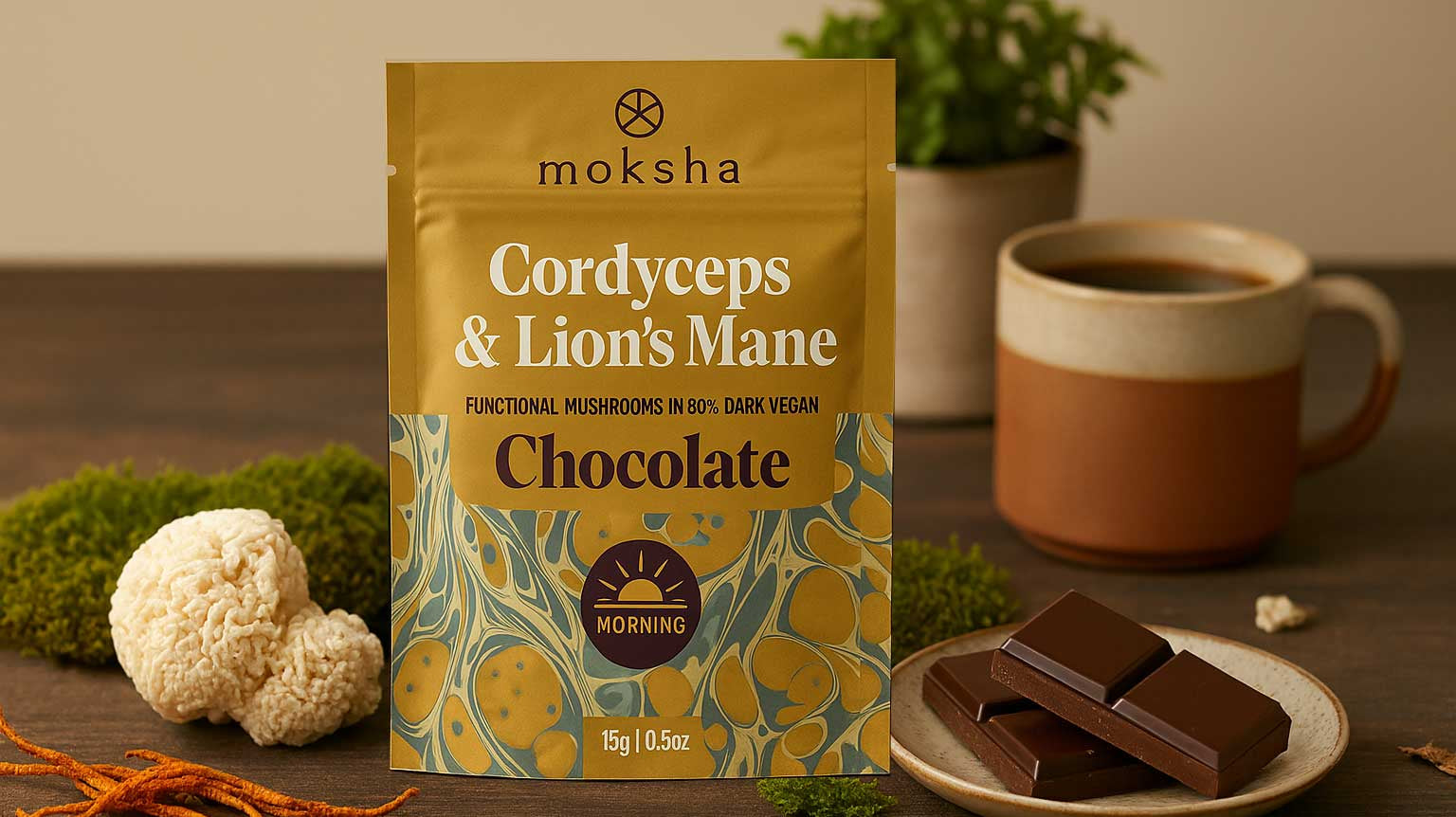Bean to bar chocolate making- every step of the process matters

It All Starts With The Beans

The beans are hand sorted and the irregular cracked or broken beans are set aside. Small batches of beans are roasted for around 15-20 minutes in controlled temperatures to enhance their taste. In addition to being an important factor for flavors development, the roasting process also further reduces the moisture content and kills off any lurking bacteria. The roast profile is extremely important for the flavor of the final product, so the chocolate maker must perfect the time and temperature.

Following the roasting process, the outer husks become thin and the beans are winnowed, meaning the outer husks are removed by running them through a mill which breaks them into small pieces and helps separate the nibs from the papery husk. The inside of the beans called the nib. The aromatic nibs are ready to be made into chocolate and the shells are discarded. The nibs are the heart of the cacao bean. They're rich in nutrients and contain both the cocoa solids and the cocoa butter.

Next, the nibs are ground into a thick paste known as cocoa mass or chocolate liquor. It's the heat generated by the grinding process that liquefies the cocoa butter present in the nibs and creates a paste instead of just a dried powder resulting from crushing the beans. The cacao nibs must be ground below 20 microns for a smooth and creamy finish. The nibs are ground for 2-3 days which gives the chocolate a beautiful flavor and texture reducing acidity and enhancing aroma.

Tempering is the process of heating and cooling the temperature of the chocolate to build the structure of the chocolate’s fat molecules. Tempering stabilizes the cocoa butter crystals, which gives the chocolate its smooth texture and glossy appearance. When chocolate is tempered properly, it should be smooth and have a clean and sturdy snap. The art of tempering lies in the precise way in which you heat and rapidly cool the chocolate.

Once tempered, the melted chocolate is poured into molds and refrigerated until it sets. A chocolate maker knows the chocolate is ready when it shrinks away from the mold. The chocolate is then wrapped and the best part, eaten.






